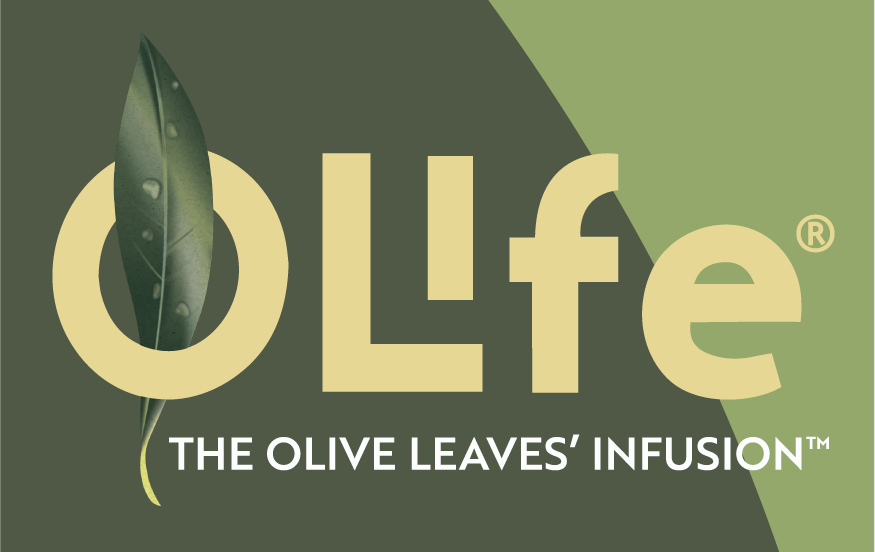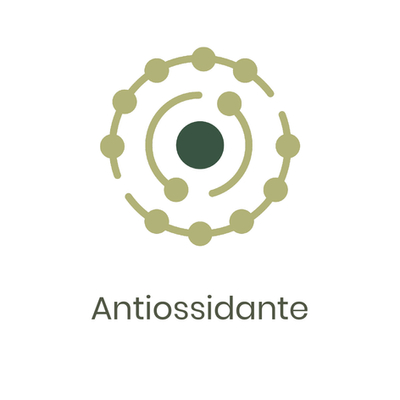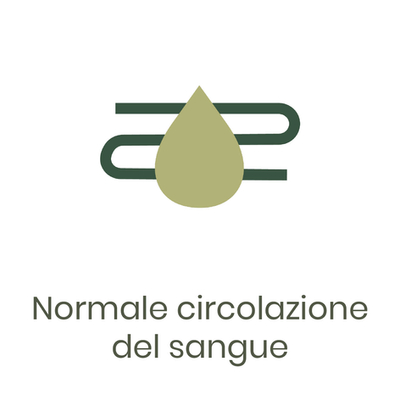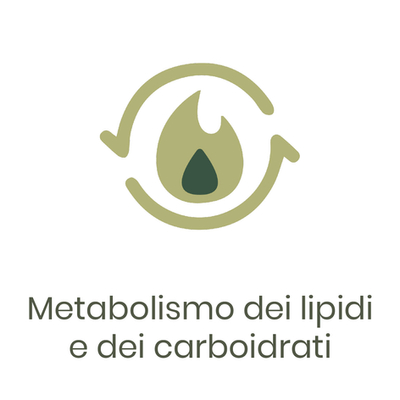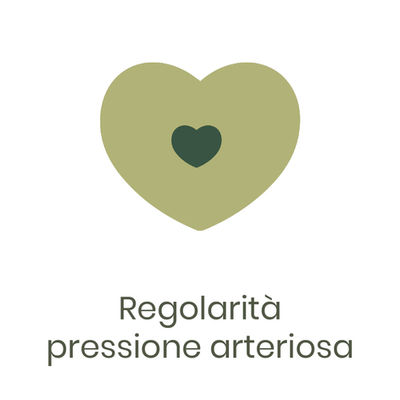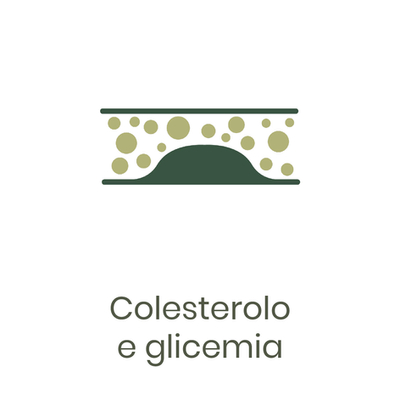The Olive Leaves
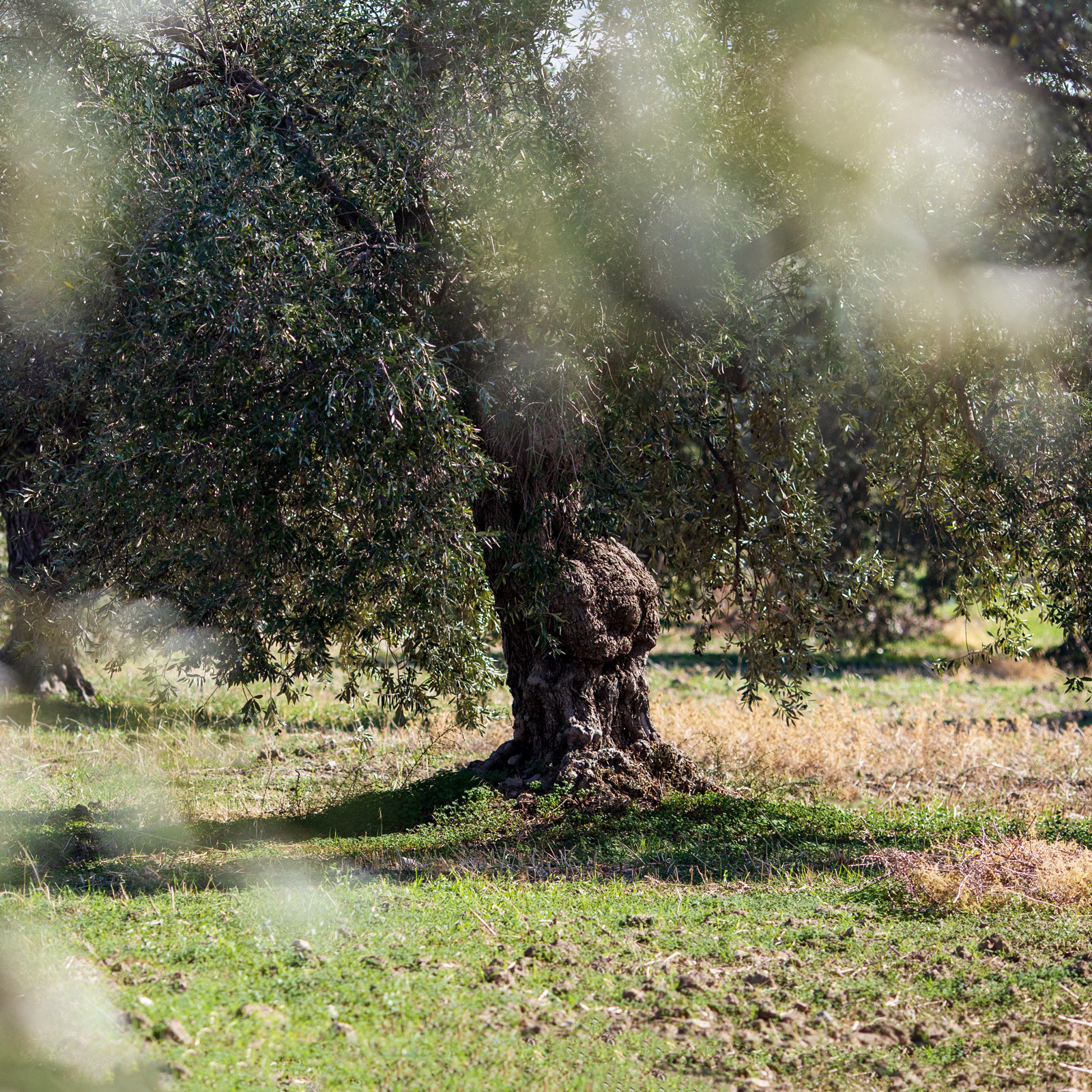
The secret of the Olive Leaves:
a concentrate of polyphenols.
The olive tree, a symbol of longevity and endurance, has always been recognised for its properties.
The secret? It is contained in its leaves, which are rich in active ingredients that are beneficial to our organism. These polyphenols, according to scientific literature, are 30 times more concentrated in the leaves than in the rest of the plant.
Hydroxytyrosol: one of the most powerful antioxidants found in nature.
It is the most valuable polyphenol of the olive tree.
Its antioxidant power is greater than that of vitamin C, vitamin E and coenzyme Q10.
Its anti-inflammatory, antiviral and antibacterial properties make it a natural support for our immune system.
It stimulates the production of glutatione, an endogenous antioxidant naturally produced by the body.
The highest concentration of polyphenols and antioxidant molecules does not reside in the fruit, from which the oil is derived, but in the leaves. For decades now, this aspect has significantly attracted the attention of the scientific community worldwide, which has led to the production of more than 16500 scientific studies on the subject.
The art of infusion:
a patented process
The aqueous extraction of the valuable polyphenols found in Olive Leaves makes OLIVUM® not only a natural ingredient, but also a "living" one: its molecules are active and continue to cooperate synergistically, reinforcing each other for our wellbeing.
After years of research and experimentation, we have patented a process for naturally extracting as many active ingredients as possible, particularly polyphenols, from olive tree leaves. The research activity was carried out in collaboration with the Universities of Trieste and Padua, which performed a qualitative and quantitative analysis of the active ingredients present within the extracts, i.e., "chemical characterization."
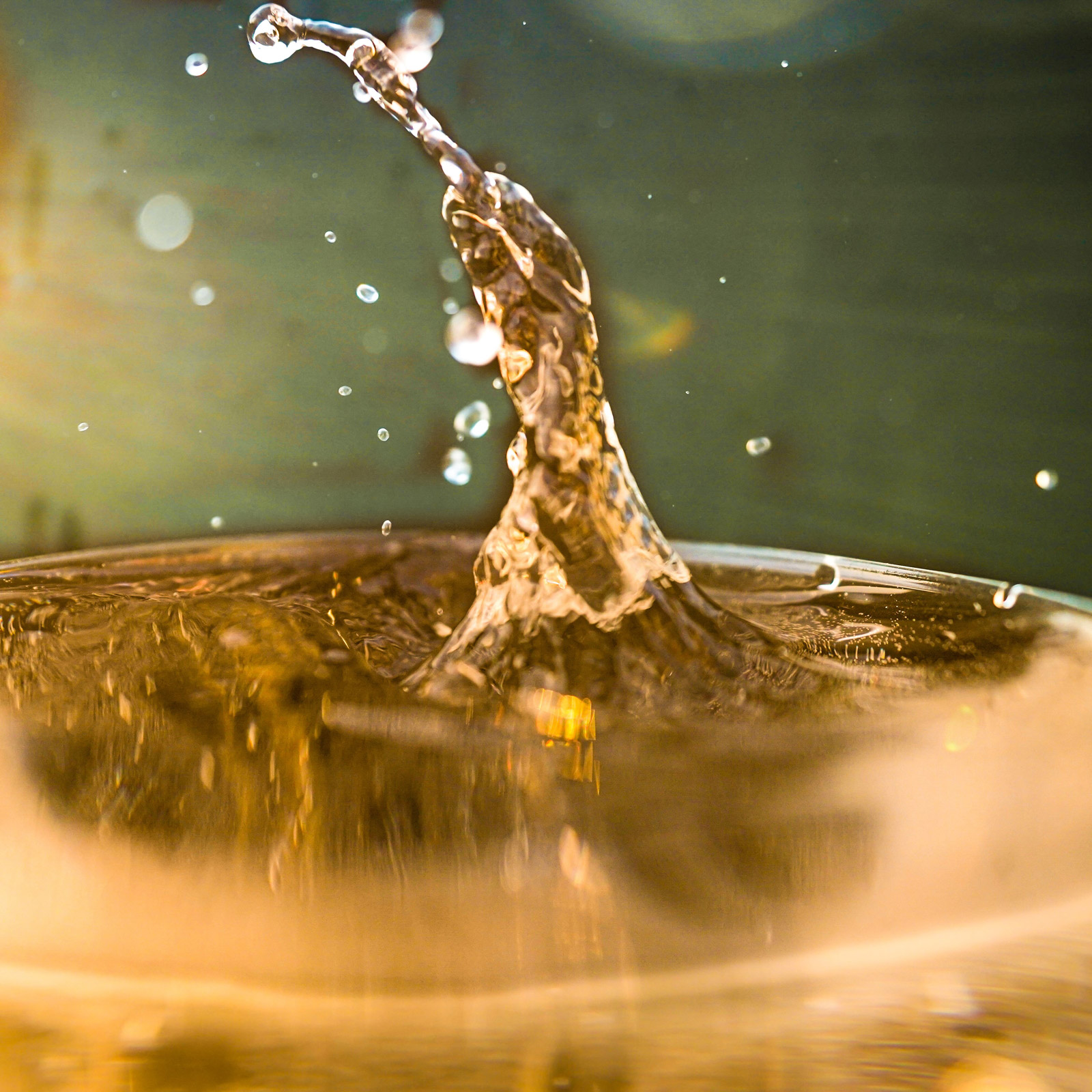

OLife® and
antioxidant property
What causes a flower to wilt, an apple to rot, our cells to age and our skin to wither? Cellular oxidation: the premise of oxidative stress.
We increasingly hear about oxidative stress, but what is meant by this expression? In simple terms, we can define it as an imba- lance between the amount of free radicals and the amount of antioxidants in our body, which can lead to cell and tissue damage. It is good to remember that during the usual metabolic processes, our cells produce free radicals. Our body, as we know, is a perfect machine and, in normal situations, it produces antioxidant substances, such as glutathione, which can neutralise them.
OLife®: support of lipid and
carbohydrate metabolism
Lipid metabolism and carbohydrate metabolism are the biochemical processes by which the human body uses nutrients from the diet to produce energy, build tissue and maintain bodily functions.
It is important to support these processes and care for them, as their malfunction can lead to disorders such as obesity or diabetes.
OLife®: normal blood circulation and regularity of arterious pressure
Who has never heard of high blood pressure or too low blood pressure and the disorders associated with them?
Normal blood circulation and correct blood pressure levels are key factors for the efficiency of our entire organism. Blood is pumped from the heart through the vessels and transported to the various organs and tissues of the body, supplying them with the oxygen and nutrients they need to function. When this delicate balance is undermined, there can be various consequences for our health: an increased risk of developing cardiovascular disorders, but also atherosclerosis, thrombosis, stroke or heart or kidney failure.
This is why it is important to preserve a regularity in the cardiovascular system's ability to maintain an adequate and stable blood pressure and proper blood flow throughout the body.


The physiological control of blood sugar and cholesterol
In October 2022, a clinical study conducted by Prof. Giuseppe Derosa, Head of the University Centre for Diabetology, Metabolic Diseases and Dyslipidaemia, University of Pavia at Policlinico San Matteo, was publi- shed in the Journal of Food and Nutrition Research. The research was conducted with the aim of evaluating the effects of OLife® on glyco-metabolic parameters, glycaemic status in pre-disease patients with impaired fasting blood glucose (FHG), lipid profile and inflammatory parameters.
The study showed that OLife®, taken for 3 months at a rate of 70 ml/day and combined with a standardised diet, allowed patients to:
- reduce the concentration of lipids in the blood, which is useful in case of high cholesterol and triglyceride levels;
- reduce fasting and post-prandial blood glucose, with a consequent positive effect on glycaemic peaks;
- counteract inflammation.
What is blood glucose and why it is important to keep it under control.
Blood glucose is a parameter that measures the concentration of glucose in the blood.
It may vary throughout the day depending on the type of diet and physical activity.
The blood glucose level is kept constant in the blood by the action of two hormones:
INSULIN
Produced by the beta cells of the pancreas, it comes into action when blood glucose levels become too high, especially after a meal rich in carbohydrates.
GLUCAGON
Has an antagonistic action to that of insulin. When blood glucose levels fall, it is secreted by the alpha cells of the pancreas giving the input to the liver to release the glucose stored in it into the blood.
CHOOSE HOW TO BE WELL,
EVERY DAY.
From our tireless research and development comes the OLife® product line.
